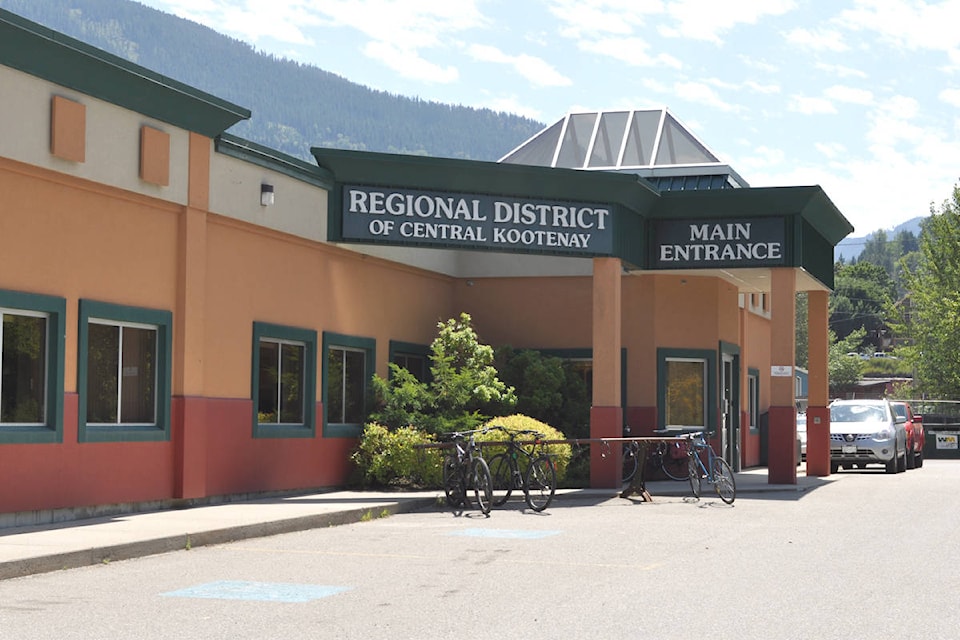By John Boivin
Local Journalism Initiative Reporter
The Regional District of Central Kootenay shouldn’t fear new provincially mandated energy-saving rules for house construction, a delegation told the regional government’s board of directors.
Energy inspector Gerry Sawkins and Nelson architect Lukas Armstrong appeared before the board at its meeting last week to lobby directors to adopt the STEP Code as soon as possible.
“We’re deeply involved in the industry, both of us have had extensive experience in STEP Code buildings,” says Armstrong. “We know the Regional District had decided not to support the adoption of the STEP Code, and we believe that that is a terribly misplaced, bad decision.
“The fears are unfounded.”
The STEP Code was initiated to try to come to grips with the greenhouse gas emissions produced by British Columbians. One easy fix, the government believes, is in home energy use. The new code tightens building construction methods with an eye to reducing how much energy buildings need, and how much they waste.
The first stage of the new STEP Code rules come into effect in 2022, when all new buildings have to show a 20 per cent reduction in greenhouse gasses from a set standard. That increases to 40 per cent improvement by 2027, and 80 per cent by 2032. It’s a massive job. To meet our greenhouse gas targets, “B.C. will require retrofit of 30,000 houses, 17,000 apartments and three million square metres of commercial every year until 2050,” the two men noted.
While the provincial government is mandating the changes, and the RDCK has no say in setting the standards, it’s local politicians who are feeling the heat from contractors and home builders. They’ve heard many public complaints that the new rules are adding a lot of money to the cost of building a home.
It’s prompted the RDCK directors to twice delay adopting STEP Code standards early in the regional district, and even consider not endorsing them.
Armstrong says that would be a mistake.
“There’s a lot of misinformation floating out there,” says Armstrong. “…Because at the end of the day, the science is pretty clear about climate change, and the building science is clear, and the economic arguments are pretty clear.
“It’s extremely frustrating to have this misinformation causing a delay to action.”
The delegation provided stats that show the cost of building to the STEP Code adds about $7,000 to the cost of a new build, which can be paid back in seven years in energy savings, they said. The added cost for professional services – like energy consultants – were roughly neutral to the home owner. Those costs are often offset by rebates, they note.
As a side benefit, they noted that building to STEP Code provides a form of quality assurance on new homes being built.
They also said concerns about complexity of the new rules adding to contractors’ headaches are just not founded in reality.
Armstrong says the most frustrating part for him is that this is coming to the region in two years, no matter what the RDCK’s politicians think.
“What do we do then? How is the regional district as a building department going to have the capacity to effectively address the requirements of STEP Code, if they haven’t had the practice?” he asks. “And if we don’t have the capacity in the design community, or in the energy advisory community, or the building community to effectively respond to the mandatory measures?
“I just don’t understand how the RDCK would allow the decision to not support STEP Code at this point. They’re cutting off their nose to spite their face.”
